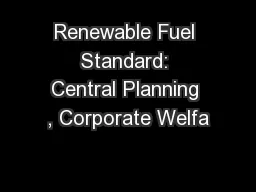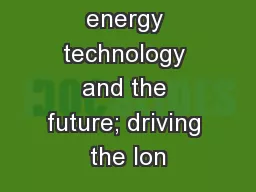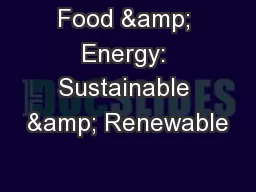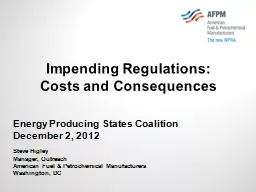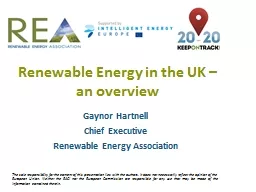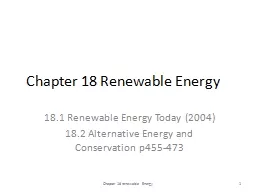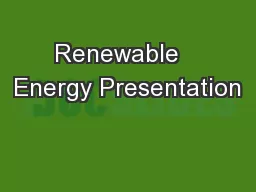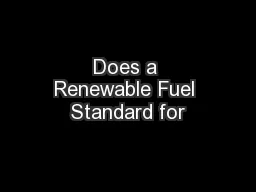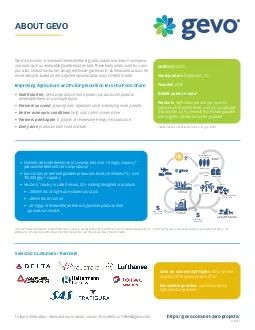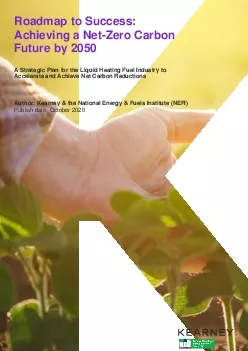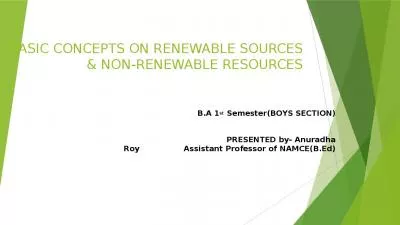PPT-Renewable Fuel Standard: Central Planning , Corporate Welfa
Author : faustina-dinatale | Published Date : 2017-06-16
Marlo Lewis PhD Senior Fellow Competitive Enterprise Institute American Dream Coalition Austin TX November 7 2015 Big Picture The Environmental Protection Agencys
Presentation Embed Code
Download Presentation
Download Presentation The PPT/PDF document "Renewable Fuel Standard: Central Plannin..." is the property of its rightful owner. Permission is granted to download and print the materials on this website for personal, non-commercial use only, and to display it on your personal computer provided you do not modify the materials and that you retain all copyright notices contained in the materials. By downloading content from our website, you accept the terms of this agreement.
Renewable Fuel Standard: Central Planning , Corporate Welfa: Transcript
Download Rules Of Document
"Renewable Fuel Standard: Central Planning , Corporate Welfa"The content belongs to its owner. You may download and print it for personal use, without modification, and keep all copyright notices. By downloading, you agree to these terms.
Related Documents

